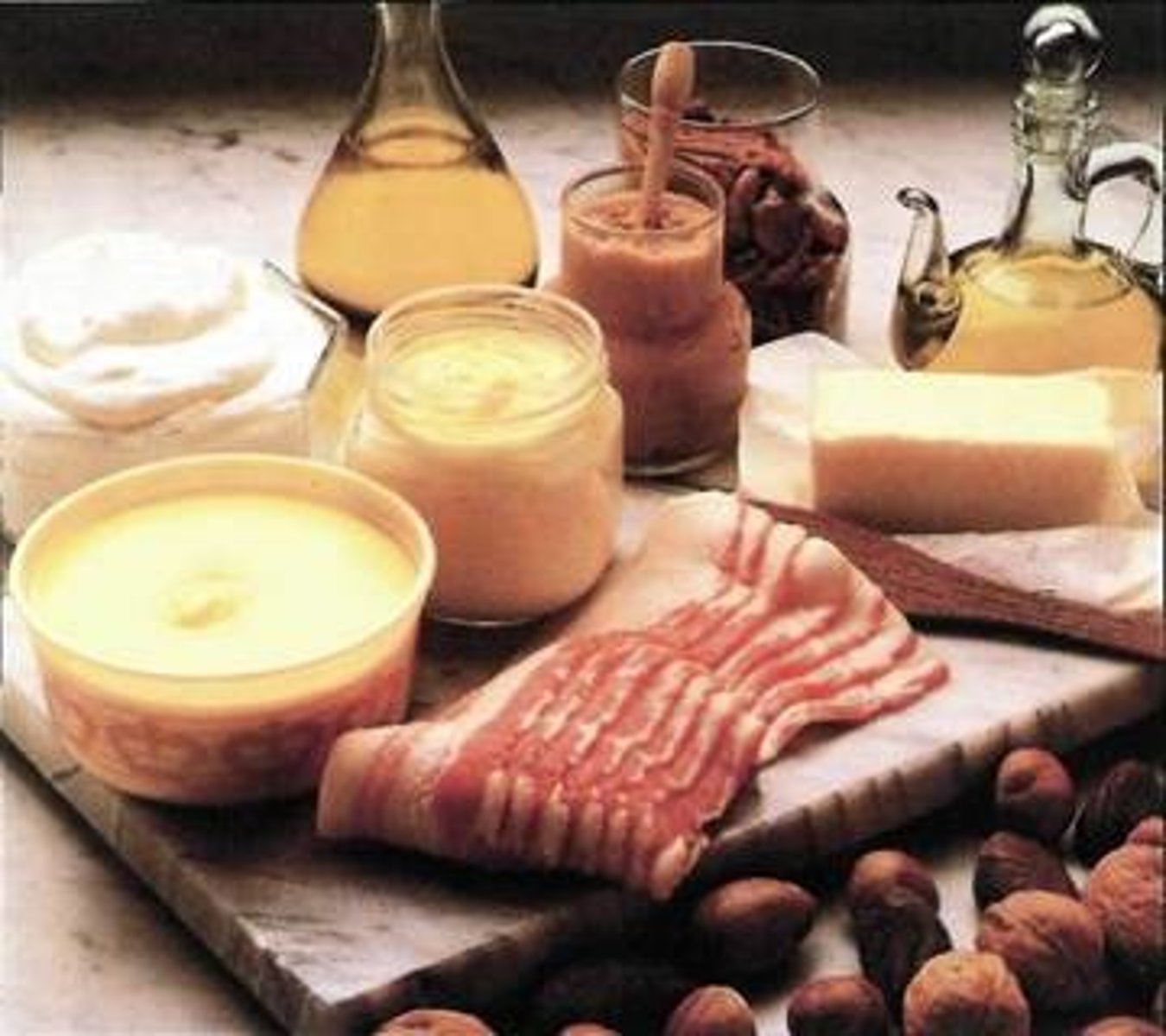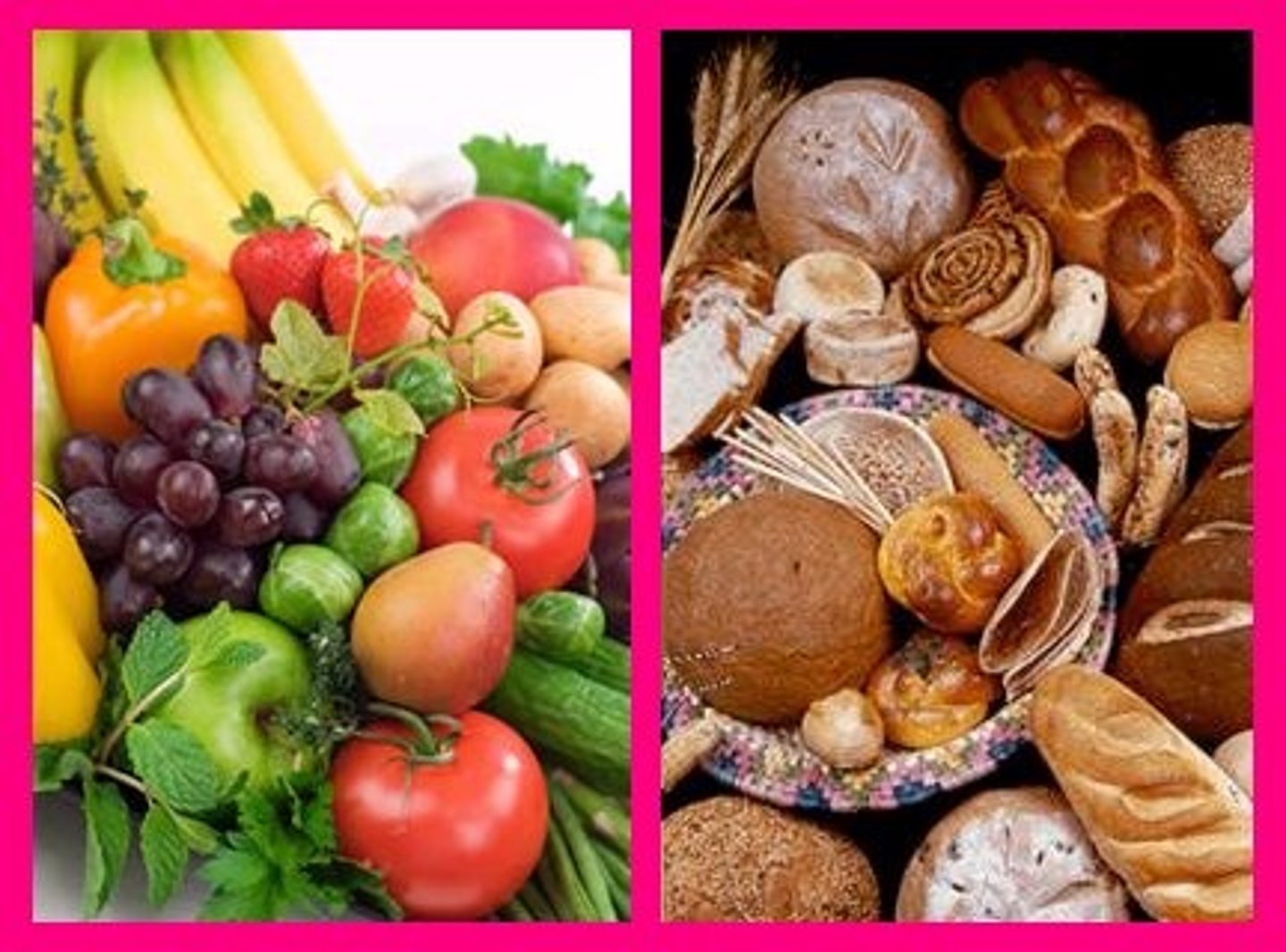Biofuels Biomolecules
1/20
There's no tags or description
Looks like no tags are added yet.
Name | Mastery | Learn | Test | Matching | Spaced |
|---|
No study sessions yet.
21 Terms
product
A substance produced in a chemical reaction
Law of Conservation of Energy
energy cannot be created or destroyed but can be changed from one form to another
Glucose (C6H12O6)
Product of photosynthesis, food for plants and animals
Lipid
macromolecule made mostly from carbon and hydrogen atoms; includes fats, oils, and waxes

Protein
An molecule that is made of one or more chains of amino acids
Carbohydrates
An organic molecule made up of one or more sugars. one-sugar is called a monosaccharide; multiple linked sugars is called a polysaccharide.

Polymer
A long molecule consisting of many similar or identical monomers linked together.
Monomer
A simple compound whose molecules can join together to form polymers
Monosaccharides
Single sugar molecules (monomer of carbohydrate)
fatty acids
chains of carbon atoms bonded to hydrogen atoms that make up lipids
amino acids
monomers of proteins
covalent bond
A chemical bond that involves sharing a pair of electrons between atoms in a molecule
dehydration synthesis
Reaction where molecules are connected by loss of a water molecule.
Hydrolysis
Breaking down complex molecules by the chemical addition of water
Glycerol
Combines with fatty acids to make lipids.
polysccharides
large macromolecules formed from monosaccharides
Glycerides
the most common form of lipids consisting of a glycerol molecule with up to three fatty acids ex: triglyceride
Polypeptide
long chain of amino acids that makes proteins
Reactant(s)
A chemical substance that is present at the start of a chemical reaction
carbon atoms
can form single, double & triple bonds;these organic compounds can have different shapes/patterns
Combustion
A rapid reaction between oxygen and fuel that results in fire, H2O and CO2 products